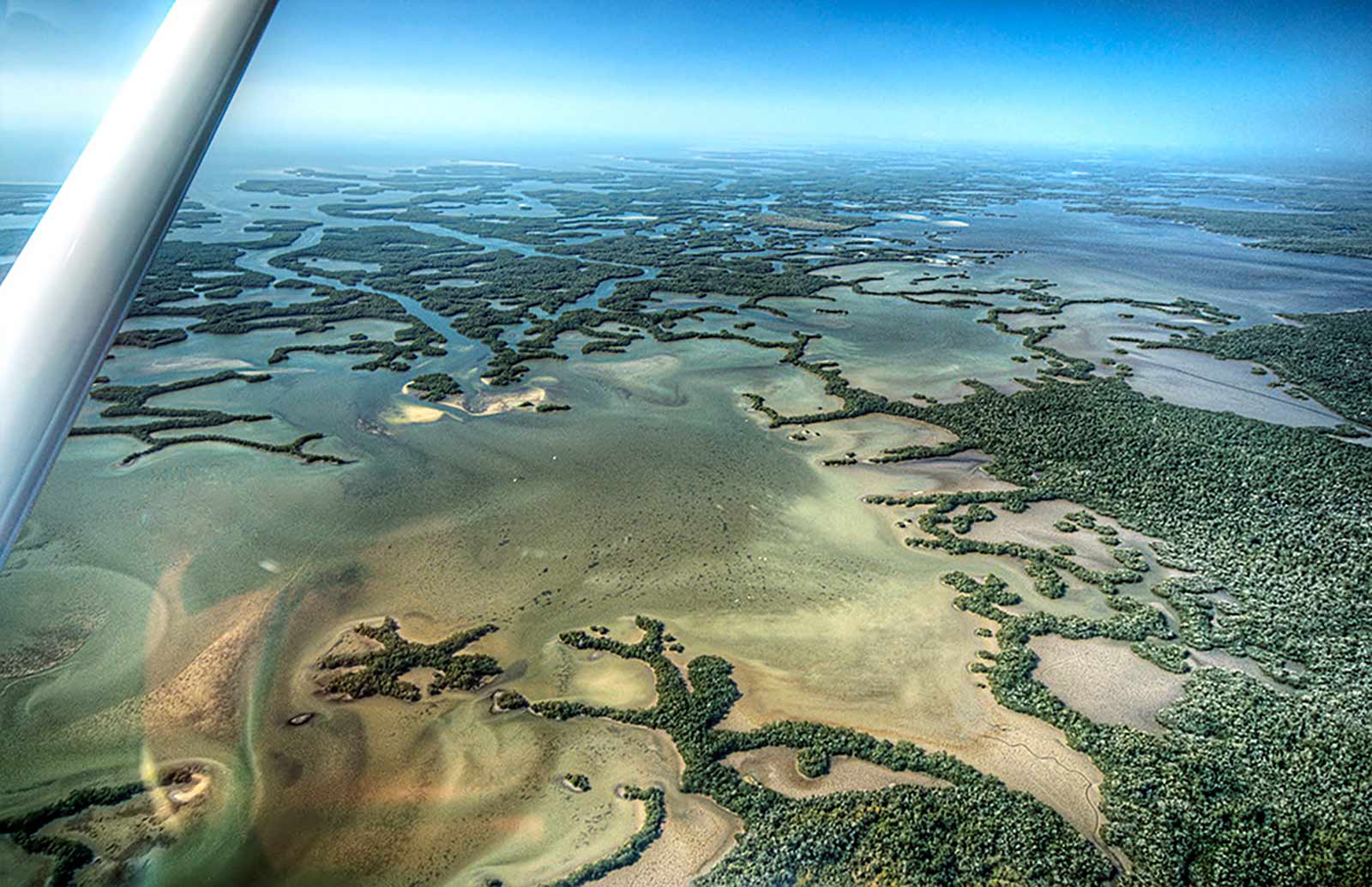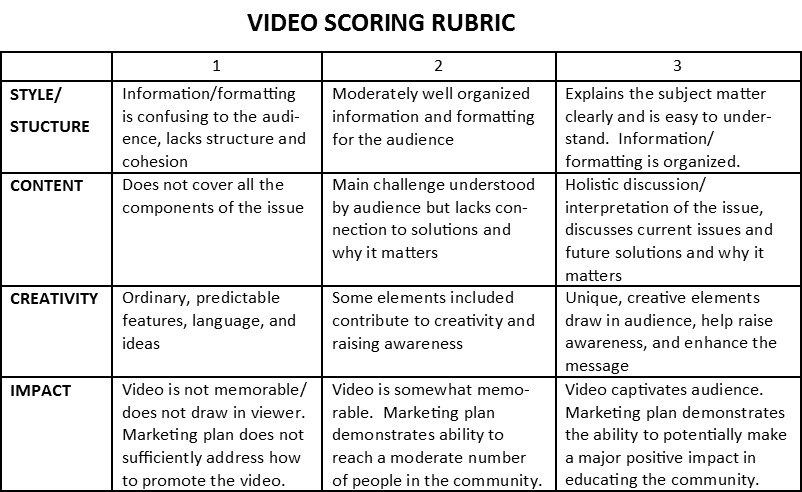[precontent]
[section background_image=”http://dreamingreen.org/wp-content/uploads/2018/02/everglades_tommy-wikland.jpg” background_repeat=”no-repeat” background_position=”center bottom” background_attachment=”static” background_scroll=”none” padding_bottom=”250″ padding_top=”250″]
[/section]
Everglades Photo Credit: Tommy Wikland
[/precontent]
Sponsored by a grant from
[divider style=”none”]
[/divider]
For high schools only. K-8 schools scroll down for Heart of a Watershed activity
Phosphorus Challenge
The purpose of the Phosphorus Challenge is for students to develop a fun and informative video to communicate what they have learned about the importance of the Everglades with friends, family, and the broader community, highlighting the vulnerability of the Everglades’ natural wetlands to pollutants like phosphorus. Video content should focus on phosphorus nutrient pollution, current technology in place to address the issue, the impact on individuals and communities, and why the Everglades are so important to South Florida.
Suggested methods of communicating the issue include but are not limited to: interview/survey style, skit, parody/satire, movie trailer, newscasters, game show style, give an animal/plant/tree perspective, etc. The more creative the better!
A total of $4,500 will be awarded to the top three videos!
Rules and Guidelines:
In groups of 3-6 participants, create a video to help share the story and engage people to help them understand the challenges facing the Everglades. We encourage students organize themselves into teams of students with different skills sets—for example, a student who knows how to use video editing software; a student who excels/likes science; a student who is a strong writer or artist. Multiple student teams from the same school are eligible to apply.
All Videos Must Answer These Questions:
- Why are the Everglades so important to Florida?
- What is phosphorus and what are its impacts on the Everglades?
- What are the sources contributing to phosphorus pollution and how can we control it?
- Why is it important to address phosphorous in the Everglades?
- What are the current/proposed solutions for removing phosphorus?
- How can an individual or our community take action to help the Everglades and reduce our environmental impact?
Video Length: 3-5 minutes
Judging:
- Semi Finalist – Dream in Green and The Everglades Foundation will select the top five videos based on the Video Scoring Rubric outlined below. Each Semi-Finalist Team will be notified via email that their video is part of the Final Public Voting Round.
- Final Public Voting Round – Student teams who created the top five videos will be expected to then share and promote their video to get the most votes from the public via an online public voting platform where videos will be uploaded by Dream in Green/Everglades Foundation. The videos that receive the most votes will then be selected as the first, second, and third place winners based on total number of votes and receive prize money as described below.
Video Submission Scoring:
Video submissions will be scored on style, content, creativity, and impact. Video submissions should include the following:
- The video clearly explains subject matter in an organized fashion (STYLE/STRUCTURE)
- Content is accurate, easy to understand, and connects to why it matters (CONTENT)
- Creativity in presenting the information within the video (CREATIVITY)
- Evokes an emotional response and is memorable to the viewer (IMPACT)
- Strength and creativity of plan to promote and market video (IMPACT)
[list type=”icon” style=”none” icon=”clock-o” icon_color=”#59d600″]
Timeline:
- February 21, 2018: Videos must be submitted to Dream in Green’s Program Manager Alexandra Ender at gro.neergnimaerdnull@ardnaxela. We recommend students use either google drive, dropbox or wetransfer.com (all free) to send their final videos to Dream in Green.
- February 28, 2018: Dream in Green and the Everglades Foundation will select top 5 videos and notify semi-finalist via email.
- March 12, 2018: Top 5 videos will be posted on an online voting platform and students will begin promoting videos for a two-week public voting period. Dream in Green and Everglades Foundation will also share the top 5 videos.
[/list]
Note:
Upon submission please include a marketing campaign/plan a paragraph in length explaining how students will promote their video should it be selected. Examples of ideas include: all students on the team sharing with their social media networks, asking their school to post on their social media or send to their email list serve, sharing the video to their County Commissioner or Mayor to promote on their email list, website or platform, etc. The more creative, the better!
No copyrighted materials (music, images, etc.) may be used for this contest unless you own the copyright or have a license to use the material for this contest. Written permission must be obtained and provided upon request for all copyrighted materials. Refer to the Finding Public Domain & Creative Commons Media guide to correctly attribute public domain and Creative Commons media
[divider style=”none”]
[/divider]
Heart of a Watershed
[tabs position=”top-left” style=”simple” type=”click”]
[tab_title]
Lesson Plan
[/tab_title]
[tab_content]
Heart of a Watershed Lesson Plan
Read over the lesson plan to familiarize yourself with all materials for this activity.
[/tab_content]
[tab_title]
Background Powerpoint
[/tab_title]
[tab_content]
The Heart of a Watershed PowerPoint
Present this PowerPoint to students explaining the history of the Everglades
[/tab_content]
[tab_title]
Maps
[/tab_title]
[tab_content]
[/tab_content]
[tab_title]
Student Worksheets
[/tab_title]
[tab_content]
River Grass Anticipation Guide
[/tab_content]
[tab_title]
Answers for Teachers
[/tab_title]
[tab_content]
River Grass Anticipation Answers
[/tab_content]
[/tabs]
[divider style=”none”]
[/divider]
Question of Quality
[tabs position=”top-left” style=”simple” type=”click”]
[tab_title]
Lesson Plan
[/tab_title]
[tab_content]
Lesson Plan A Question of Quality
[/tab_content]
[tab_title]
Background PowerPoint
[/tab_title]
[tab_content]
A Question of Quality PowerPoint
[/tab_content]
[tab_title]
Datasheets
[/tab_title]
[tab_content]
[/tab_content]
[tab_title]
Student Worksheets
[/tab_title]
[tab_content]
[/tab_content]
[tab_title]
Answers for Teachers
[/tab_title]
[tab_content]
[/tab_content]
[/tabs]
[divider style=”none”]
[/divider]
Additional Resources
[one_half valign=”top” animation=”none”]
George Barley Water Prize
To find a solution to nutrient pollution, The Everglades Foundation introduced The George Barley Water Prize. Over four years of competition, the Barley Prize will convene scientists, inventors, universities and municipalities to find a cost-effective technology. The Barley Prize will award $10 million to the team that creates a breakthrough in phosphorous removal. For more information on the state of the competition visit their website.
https://www.youtube.com/watch?v=x441Uz7QGwc
[/one_half]
[one_half_last valign=”top” animation=”none”]
The Everglades Foundation
Their mission “is dedicated to protecting and restoring America’s Everglades. This unique ecosystem provides economic, recreational and life-sustaining benefits to the millions of people in Florida who depend on its future health.” For more information on The Everglades Foundation and their important work visit their website.
[/one_half_last]
[section background_repeat=”repeat” background_position=”center top” background_attachment=”static” background_scroll=”none”]
Everglades Photo Credit: Tommy Wikland
[/section]




